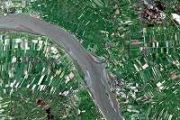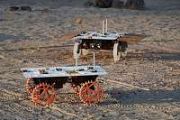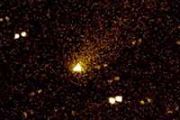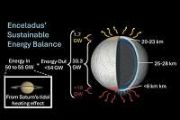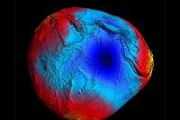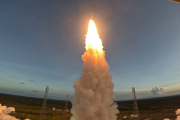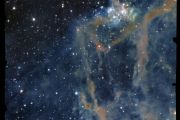
Copernical Team
Boeing is closer to understanding thruster failures on its first astronaut flight with latest test
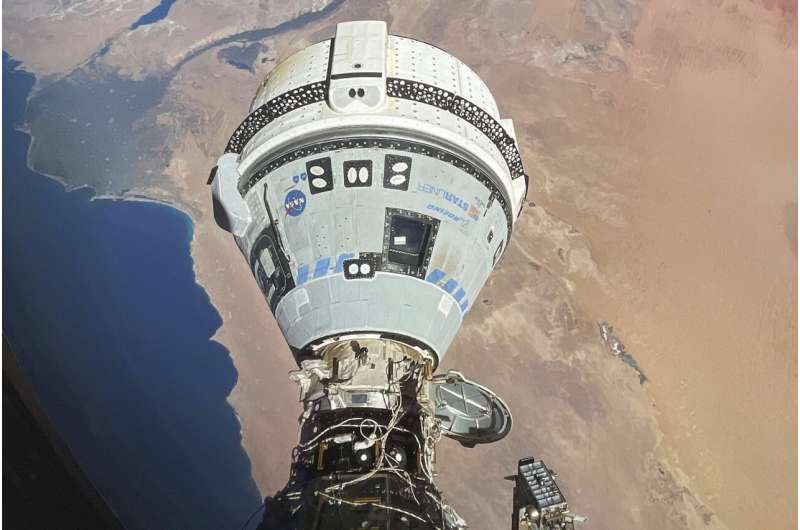
Boeing is closer to understanding what went wrong with its astronaut capsule in orbit, now that testing is complete on a spare thruster here on Earth.
The Starliner capsule has been docked at the International Space Station since June 6. It should have returned with its NASA test pilots by mid-June, but thruster failures and helium leaks prompted NASA and Boeing to extend its stay.
Officials said Thursday there's still no return date for astronauts Butch Wilmore and Suni Williams.
Artemis II: no pressure
 Image:
Image:
The Orion vehicle that will bring astronauts around the Moon and back for the first time in over 50 years was recently tested in a refurbished altitude chamber used during the Apollo era.
Engineers tested Orion in a near-vacuum environment designed to simulate the space conditions the vehicle will travel through during its mission towards the Moon. Teams emptied the altitude chamber of air, a process taking up to a day, to create a very low-pressure environment over 2000 times lower and more vacuum-like than inside your vacuum cleaner. Orion remained in the altitude chamber’s low-pressure environment for around a
Preparing for Juice’s daring double flyby

Next month, ESA’s Jupiter Icy Moons Explorer (Juice) will carry out the first combined lunar-Earth flyby. Preparations are under way at ESA mission control for this highly precise manoeuvre, which will harness the gravitational forces of the Moon and Earth in quick succession to line Juice up for the next stage of its journey to Jupiter.
A meteor streaked over the NYC skyline before disintegrating over New Jersey
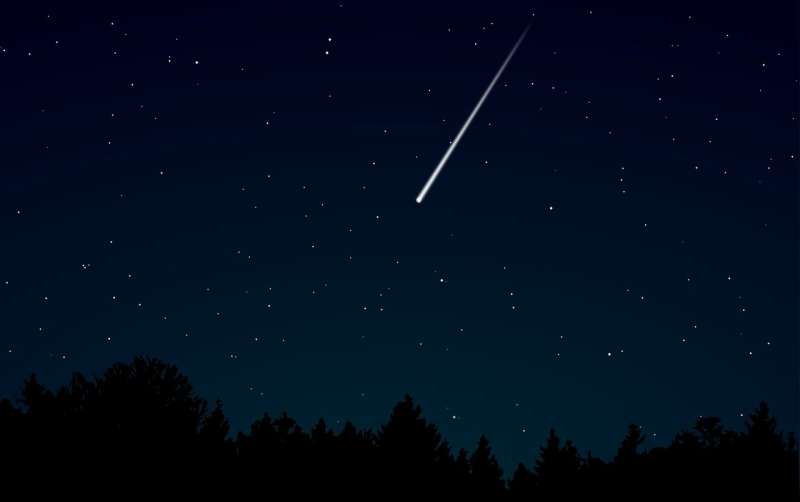
A meteor streaked across the New York City skyline before disintegrating over nearby New Jersey, according to NASA.
William Cooke, the head of the space agency's Meteoroid Environments Office, said the fireball was first sighted at an altitude of 51 miles (82 kilometers) above Manhattan at around 11:17 a.m. Tuesday.
The meteor passed over the southern part of Newark, New Jersey, before disintegrating 31 miles (50 kilometers) above the town of Mountainside, he said. No meteorites or other fragments of space debris reached the planet's surface.
The space rock moved at a speed of about 41,000 mph (66,000 kph) and descended at a relatively steep angle of 44 degrees from vertical, Cooke said.
Its exact trajectory is uncertain, since reports are based only on eyewitness accounts and no camera or satellite data is currently available, he said.
As of Wednesday morning, there had been approximately 40 eyewitness reports filed on the American Meteor Society website, which the agency used to generate its estimates, Cooke said.
The fireball was not part of the Perseid meteor shower, and reports of loud booms and shaking could be explained by military aircraft in the vicinity around the time of its appearance, he said.
NASA cans lunar rover after spending $450 million building it
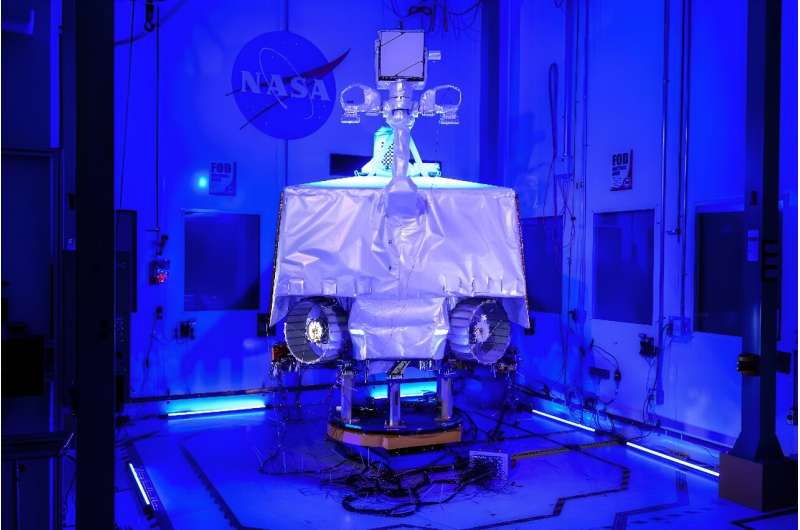
NASA announced Wednesday that cost overruns and delays have forced it to cancel a planned moon rover it already spent $450 million to develop, marking a significant setback for the agency's lunar exploration program.
The Volatiles Investigating Polar Exploration Rover (VIPER) was intended to explore the lunar south pole in search of ice and other resources, paving the way for planned crewed missions by American astronauts under the Artemis program later this decade.
"Decisions like this are never easy," said Nicky Fox, NASA's associate administrator of the science mission directorate.
"But in this case, the projected remaining expenses for VIPER would have resulted in having to either cancel or disrupt many other missions.
How NASA and SpaceX will bring down the space station when it's retired
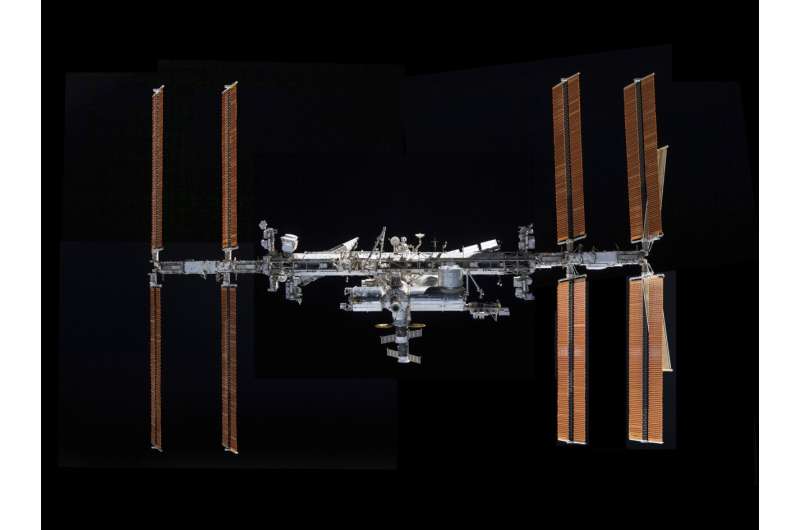
SpaceX will use a powerful, souped-up capsule to shove the International Space Station out of orbit once time is up for the sprawling lab.
The next full moon is the buck or thunder moon
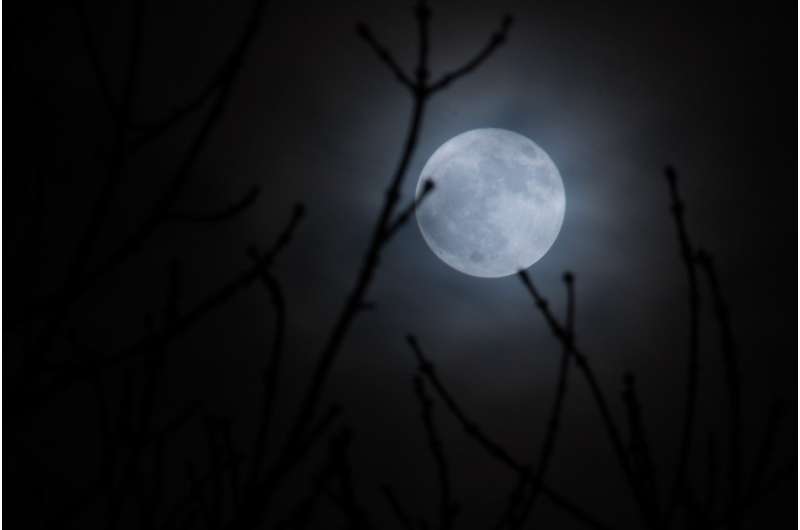
The next full moon will be Sunday morning, July 21, 2024, appearing opposite the sun (in Earth-based longitude) at 6:17 AM EDT. For the International Date Line West and the American Samoa and Midway time zones this will be late Saturday night. For Line Islands Time this will be early Monday morning. The moon will appear full for about three days around this time, from Friday evening through Monday morning, making this a full moon weekend.
The Maine Farmers' Almanac began publishing "Indian" names for full moons in the 1930s and these names are now widely known and used. According to this almanac, as the full moon in June the Algonquin tribes of what is now the northeastern United States called this the Buck moon. Early summer is normally when the new antlers of buck deer push out of their foreheads in coatings of velvety fur. They also called this the Thunder moon because of early Summer's frequent thunderstorms.
Europeans called this the Hay moon for the haymaking of early summer, and sometimes the Mead moon (although this name was also used for the previous full moon).
Soracom Launches Global Preview of Skylo Integration
 Soracom, Inc., a leader in advanced Internet of Things (IoT) connectivity, has announced the progression of its integration with Non-Terrestrial Network (NTN) service operator Skylo from Private Beta to a global initial rollout for select customers. During the keynote at Soracom Discovery 2024, Soracom CTO and co-founder Kenta Yasukawa and Skylo CEO and co-founder Parth Trivedi revealed that qua
Soracom, Inc., a leader in advanced Internet of Things (IoT) connectivity, has announced the progression of its integration with Non-Terrestrial Network (NTN) service operator Skylo from Private Beta to a global initial rollout for select customers. During the keynote at Soracom Discovery 2024, Soracom CTO and co-founder Kenta Yasukawa and Skylo CEO and co-founder Parth Trivedi revealed that qua Blackline Unveils AlertLink for Enhanced Safety and Emergency Response
 Blackline Safety Corp. (TSX: BLN), a global leader in connected safety technology, has introduced the new AlertLink feature for its acclaimed EXO and G7 devices.
AlertLink provides proximity-based warnings to improve employee safety by offering advance alerts about potential dangers, facilitating quicker evacuations and incident responses. The feature was developed following feedback from
Blackline Safety Corp. (TSX: BLN), a global leader in connected safety technology, has introduced the new AlertLink feature for its acclaimed EXO and G7 devices.
AlertLink provides proximity-based warnings to improve employee safety by offering advance alerts about potential dangers, facilitating quicker evacuations and incident responses. The feature was developed following feedback from Axelspace Unveils AxelLiner Laboratory for In-orbit Space Component Demonstrations
 Axelspace Corporation has introduced AxelLiner Laboratory (AL Lab), an expansion of its AxelLiner service initiated in 2022. AL Lab is designed for the in-orbit demonstration of space components, with sales launching soon.
A new memorandum was also signed between Axelspace and ASPINA Shinano Kenshi Co., Ltd., a partner since 2020 in developing a reaction wheel for microsatellites. The comp
Axelspace Corporation has introduced AxelLiner Laboratory (AL Lab), an expansion of its AxelLiner service initiated in 2022. AL Lab is designed for the in-orbit demonstration of space components, with sales launching soon.
A new memorandum was also signed between Axelspace and ASPINA Shinano Kenshi Co., Ltd., a partner since 2020 in developing a reaction wheel for microsatellites. The comp 







